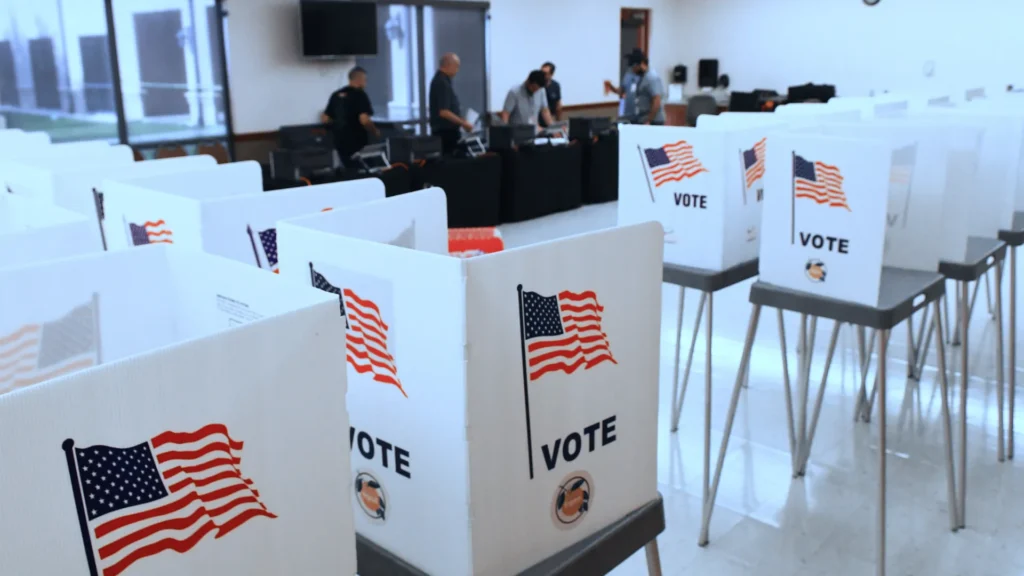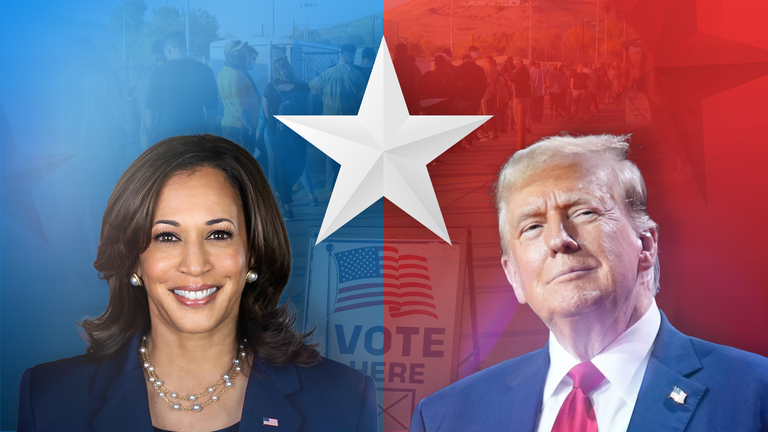As the United States approaches yet another highly charged election season, fears of political violence loom large. Memories of the January 6 Capitol riot still resonate, and heightened concerns about unrest are fueling anxieties across the country. But do we actually need to be this worried? Experts believe that while the risk of election-related violence is real, some factors make a large-scale incident less likely than people may think.
The Legacy of January 6: Why This Election Feels Different

For many, the January 6 insurrection was a wake-up call—a stark reminder that political tensions can indeed erupt into violent actions. The aftermath of that day has reshaped national security protocols, with new measures in place to prevent similar events.
Enhanced Security Measures
This year, for the first time, the Department of Homeland Security has designated upcoming election certification events as National Special Security Events (NSSEs). This designation mobilizes federal, state, and local resources to protect the Capitol and surrounding areas. U.S. Capitol Police, the Secret Service, and the National Guard are all preparing extensive security plans that include fencing, road closures, and rapid-response teams.
These changes reflect a government more prepared to prevent violence than in 2021. Security experts argue that federal agencies under the current administration are less likely to hesitate in calling in the National Guard or deploying local law enforcement to address threats swiftly.
Also Read: Elon Musk Backs Trump: What Does the World’s Richest Man Really Want?
Perception vs. Reality: Are We Overestimating the Threat?
A key theme in recent polls and studies is the gap between public perception and actual risk. According to surveys, nearly 72% of Americans worry about political violence around the election. But experts caution that these fears may be inflated by media portrayal and our own psychological biases.
The Media’s Role in Shaping Public Fears
From 24-hour news cycles to viral social media posts, Americans are continuously exposed to headlines that fuel anxiety about national instability. While these platforms offer vital information, they also magnify conflict. By focusing on polarizing topics and extreme viewpoints, the media plays a substantial role in making political violence seem inevitable.
This bias, known as “motive attribution asymmetry,” leads people to believe the opposing political side is more hateful or dangerous than it actually is. Democrats think Republicans are eager for violence, and Republicans feel the same way about Democrats—even though the true numbers of those supporting violence are minuscule.
The Foreign Influence Factor: Are Other Countries Fanning the Flames?
The fear of unrest is also compounded by reports that foreign adversaries like Russia, Iran, and even China are actively working to destabilize American unity. Through disinformation campaigns and online propaganda, these nations exploit political rifts in the U.S., hoping to fuel discord and even promote protests or riots.
Disinformation and Covert Support of Protests
Russian and Iranian agents are reportedly using covert strategies to encourage political division, even by attempting to organize protests on U.S. soil. Experts warn that this interference could intensify as Election Day approaches, adding yet another layer of unpredictability to an already tense environment.
However, the reality is that while these efforts exist, they are often overstated in terms of their impact. Most Americans, regardless of their political views, still reject the idea of political violence. Recognizing this can offer some peace of mind amid the barrage of ominous headlines.
Extremist Groups and the Threat of Domestic Violence: Are We Really at Risk?
Since January 6, domestic extremist groups, including the Proud Boys and Oath Keepers, have faced significant setbacks. Many leaders are in prison, membership has dwindled, and the organizational structure of these groups has weakened. Still, the fear that these groups could reemerge persists, particularly as they adopt more covert, cell-based models that are harder to monitor.
Decentralized Networks and the Danger of Underestimating Extremists
Groups like the Proud Boys have shifted tactics since 2021. Instead of large, organized rallies, they are now operating in smaller, local chapters that are harder to infiltrate. Experts argue that while the chance of a massive organized attack may be low, the risk of smaller, isolated incidents remains.
So, should Americans be worried? The data shows a drop in extremist mobilization, which is encouraging. However, security professionals warn that underestimating these groups could lead to complacency.
Finding Common Ground: Overcoming Fear by Reconnecting with Shared Values

Ultimately, fear of post-election violence often stems from a perception that America is deeply divided. However, there are still strong, shared values that most citizens hold dear—values that can help bridge the divide.
Building Unity Through Shared Ideals
Many Americans still believe in fairness, accountability, and democratic principles. Recognizing these commonalities can help reduce tension and remind citizens that they have more in common than they might think. Talking to neighbors, reaching out to friends, and engaging in civil discourse are small steps that can make a big difference.
Resisting Divisive Narratives and Media Sensationalism
A conscious effort to question the media’s portrayal of the “other side” can go a long way. By challenging personal biases and avoiding sensationalist narratives, Americans can foster understanding and dispel the misconception that their opponents are enemies.
A Call for Calm Amid Political Uncertainty
The prospect of post-election violence is undeniably unsettling, but it’s important to separate reality from perception. While security threats do exist, and foreign influences may attempt to exploit political tension, experts agree that the U.S. is more prepared to handle unrest than ever before. Americans can take comfort in knowing that most citizens, regardless of party affiliation, value peace and stability above all else.
In these uncertain times, acknowledging common ground and questioning divisive narratives is essential. By focusing on unity and recognizing shared values, Americans can face the future with resilience rather than fear.

